Dealing with Joint Pain During Your Period
Most women experience pain or discomfort before and during their periods. While abdominal cramps and tender breasts are two of the most common symptoms of menstruation, some women experience other symptoms as well, such as aching joints.
If you notice that you've been getting joint pain with periods every month, it means the pain is cyclical. Despite being a common complaint among women, joint pain as a period symptom is unfortunately rarely discussed. If you suffer from it, read on to find out what causes it and how you can deal with it.
What Causes Cyclical Joint Pain in Women
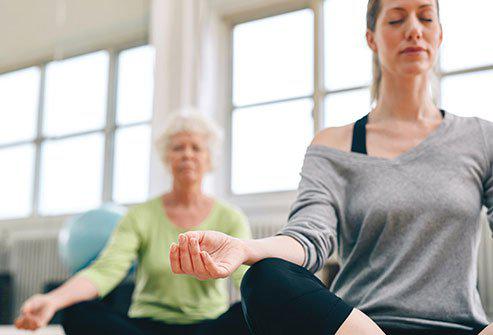
Many women with arthritis and other rheumatic diseases tend to feel worse pain before and during their monthly menstrual periods. Even some women who usually don't have problems with their joints can experience joint pain before period.
For that reason, scientists and doctors believe that the menstrual cycle affects women's joints and muscles. So, how does it happen?
Less estrogen secretion
Estrogen is an important hormone in women. Along with progesterone, it works to regulate the menstrual cycle. Aside from that, scientists believe that estrogen can also protect women against pain.
Around two days before menstruation occurs, the body's estrogen level dips. It will stay low during the period before returning to normal after the period is over. When the estrogen level is low, women are more sensitive to all sorts of pain. This is why you tend to get joint pain before menstruation; it's even worse if you already have pre-existing rheumatoid conditions. Your body simply has less pain-relieving hormone before and during menstruation.
High levels of prostaglandin
The prostaglandins are a group of active lipid compounds. These compounds are used to control inflammation, blood flow, and the formation of blood clots. They're often made at sites of tissue damage or infection. Aside from that, prostaglandins also regulate the menstrual cycle.
Shortly before a period begins, the endometrial cells make large amounts of prostaglandins. Then, when those cells break down during menstruation, the prostaglandins are released into your bloodstream. If you happen to produce too much prostaglandin, it can lead to pain and inflammation, and most women tend to feel the inflammation around the joints. That's why you experience joint pains with periods.
Premenstrual syndrome
Premenstrual syndrome, commonly known as PMS, refers to the symptoms that occur one week before menstruation starts. PMS happens due to hormonal changes in your body. It can affect you physically and even mentally.
While tender breasts and abdominal cramps are some of the most common PMS complaints, some women experience other symptoms as well. This includes headaches, bloating, food cravings, muscle pain, and joint pain.
Alleviating Joint Pain During Period
Now that you understand why you experience joint pain with periods, don't you want to know how you can alleviate that pain? Follow these simple tips to reduce pain during menstruation.
Develop a healthy diet
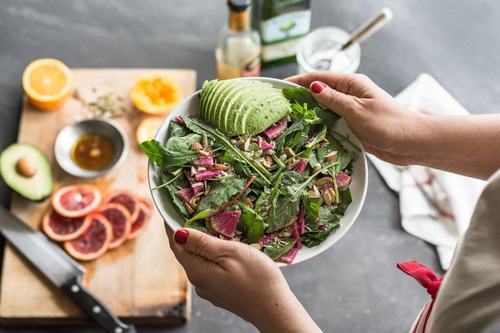
Your diet has a huge impact on your menstrual cycle and period symptoms. By maintaining a healthy diet, you will be able to breeze through your period with minimal pain.
Eat food with low fat and high fiber contents
Eating the right kinds of food can help alleviate period pain. The key is to consume foods with lots of fiber, vitamins, and minerals. Here are some foods you should incorporate into your diet for pain-free menstruation:
-
Cherry
-
Blueberry
-
Tomato
-
Bell pepper
-
Beans
-
Almond
-
Dark, leafy greens
-
Fish
-
Chicken breast
Avoid these foods
You may be craving fatty, sugary, or salty foods when you have your period, but such foods are not your friends. Skip these foods if you don't want to worsen your symptoms:
-
Fast food
-
Alcohol
-
Caffeine
-
Sugar
-
White bread
-
Pasta
Hydrate yourself
Dehydration is the root of menstrual discomfort and joint pain. It causes stiffness, aching, and bloating. To avoid all that, make sure your drink around 6 to 8 glasses of water per day.
Exercise properly
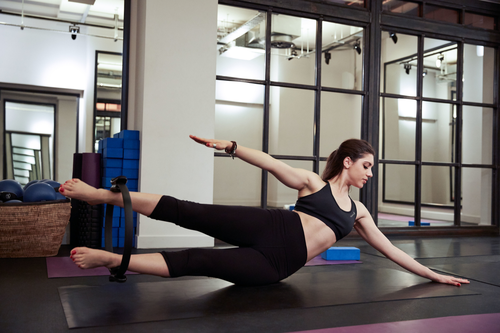
Yes, period pain can be unbearable. It makes you just want to sleep all day long. But to keep the pain away, you need to move your body around. Just make sure to avoid heavy exercises and take it easy during your period.
Aerobic exercises
Any light activity that raises your heart rate is ideal. Walking, running, cycling, or swimming - choose whichever activity you prefer. Make sure to exercise at least 30 minutes every day for maximum results. Don't forget to stretch after each session to reduce joint stiffness and pain, as well.
Breathing exercises
Meditation, yoga, and regular breathing exercises may seem trivial, but they can actually help you with menstrual discomfort. They're a great way to calm down and get your body moving in a gentle way.
Take some medicine
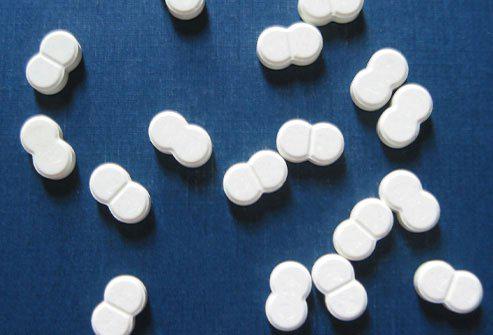
If your pain is too severe for you to be moving around, take over-the-counter medicines to alleviate the pain. Medications like ibuprofen, naproxen, or acetaminophen are especially good at reducing menstrual pain and joint pain. Remember to always follow the instructions when taking those medications.
Get enough rest
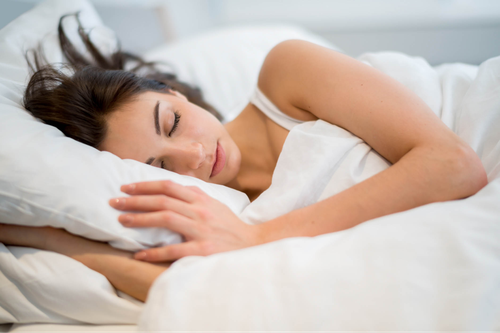
Lastly, make sure you get enough rest. Being on your feet all day long without adequate rest can stress your body out, worsening menstrual discomfort and causing pain all over your body. Take it easy during your period and make sure you get at least 6 to 8 hours of uninterrupted sleep each night.
Takeaway Message
Do you experience joint pain with periods? Hopefully, this article has helped you figure out how to alleviate the pain. Remember to take it easy near and during your period. Don't strain yourself, and keep up your healthy habits. Eventually, the pain will subside. Good luck!
YOU MAY LIKE
-
Strange Feelings in the Stomach: What to Know in the First Trimester of Pregnancy
-
Missed Period Negative Pregnancy Test - Best Tips for You
-
Foods You Must Avoid During Pregnancy
-
Masturbating in the Early Pregnancy: Is It OK and Safe?
-
Skip Your Period on the Pill - Best Recommendations
-
Breast Development – What Every Girl Should Know
-
Take a Breather – Why Pregnant Women Are Often Breathless
-
Epsom Salt and Benefits in Pregnancy
-
Erotic Massage Vital Points That Boost Your Sex Life Quality
-
When Do Pregnancy Cravings Start - Best Tips for You
